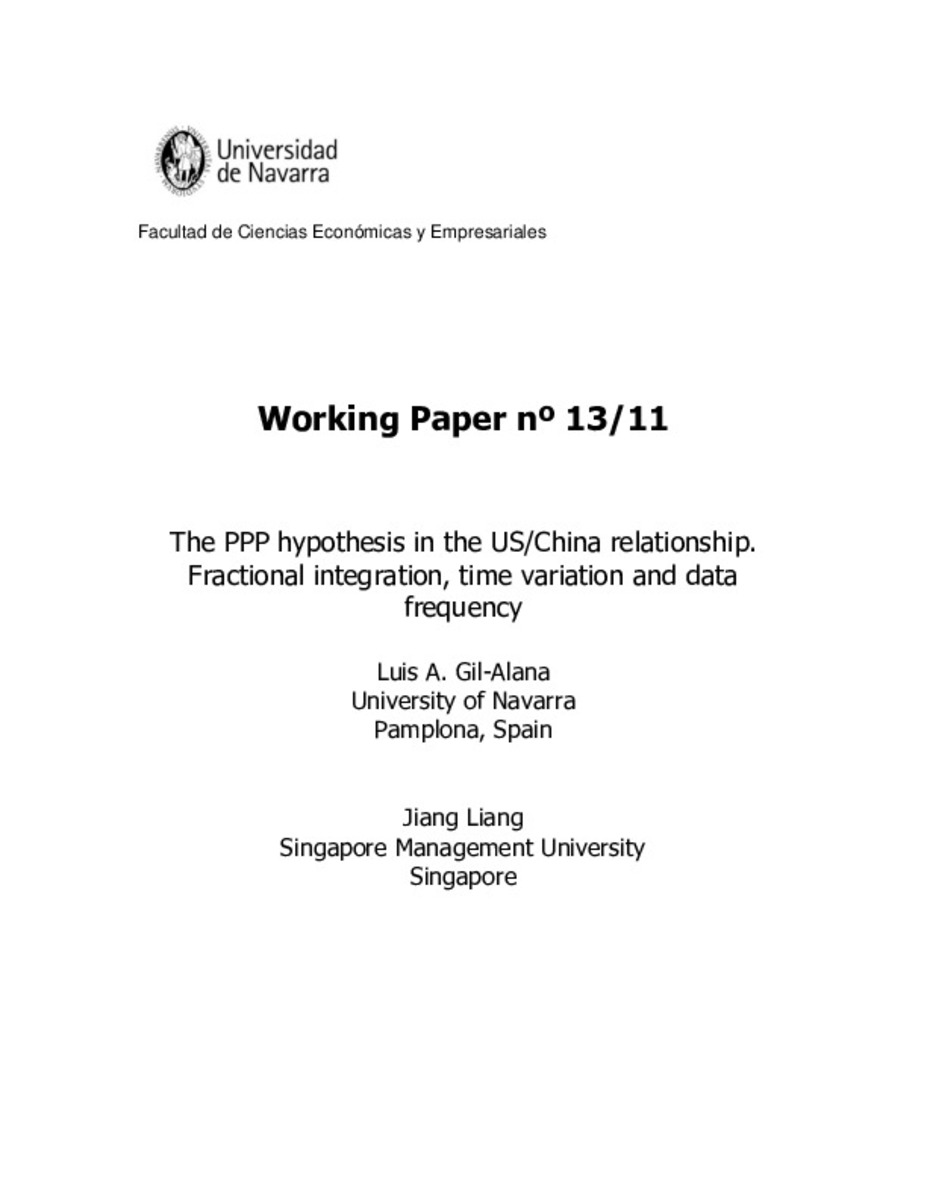The PPP hypothesis in the US/China relationship. Fractional integration, time variation and data frequency
Keywords:
Materias Investigacion::Economía y Empresa
Purchasing Power Parity (PPP) hypothesis
China
United States
Citation:
Gil-Alana, L.A. (Luis A.); Liang, J. (Jiang). "The PPP hypothesis in the US/China relationship. Fractional integration, time variation and data frequency". En . , 2011,
Statistics and impact
0 citas en

0 citas en

Items in Dadun are protected by copyright, with all rights reserved, unless otherwise indicated.







